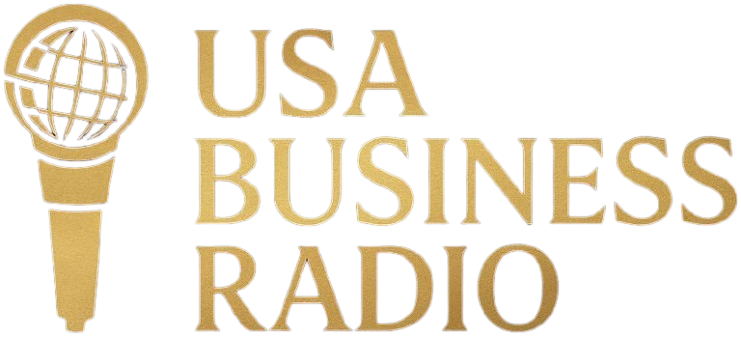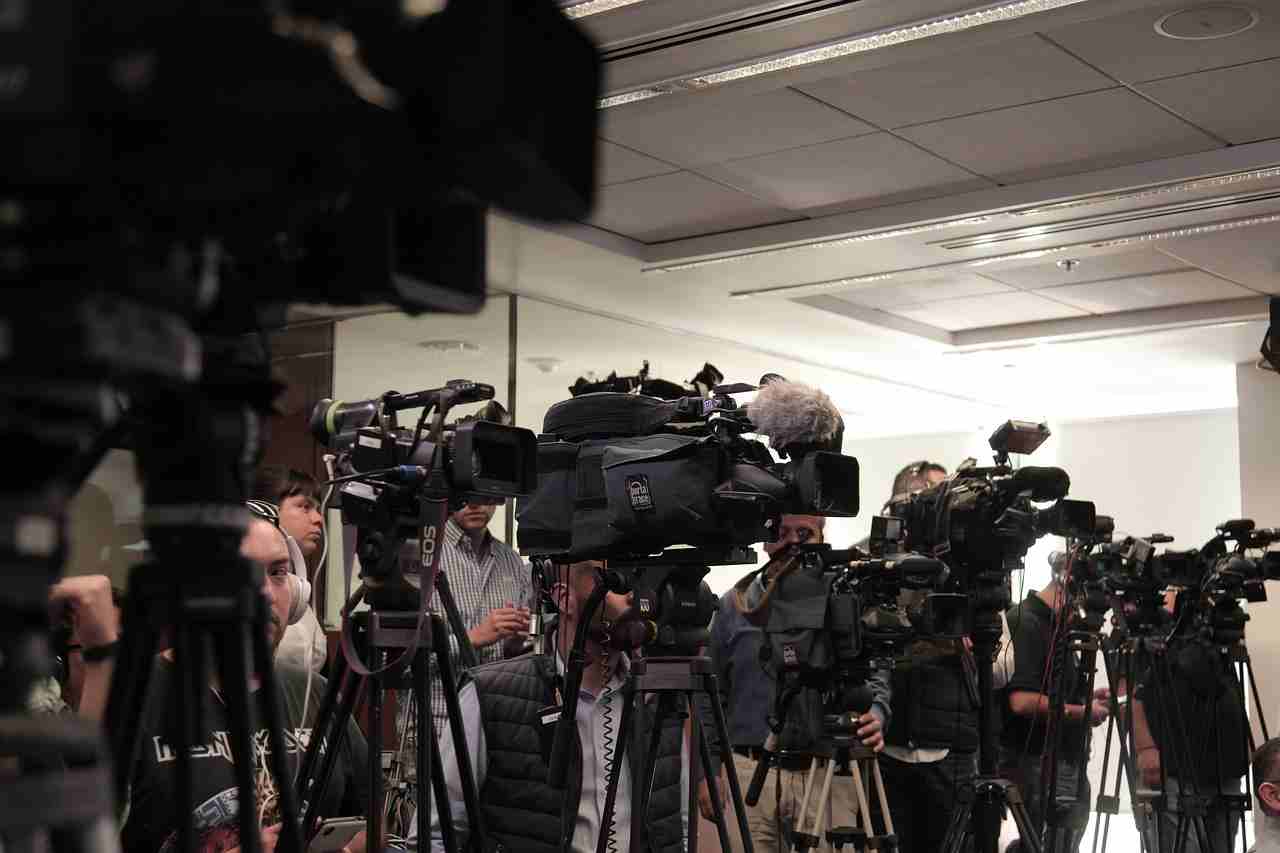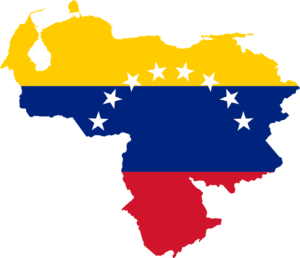The Last Firewall in American Journalism
In an era when journalism itself seems partisan, The Wall Street Journal occupies a rare space: it reports on Donald Trump’s authoritarian tendencies without slipping into outrage or denial. The secret isn’t ideology—it’s architecture. The Journal still maintains the firm wall between news and opinion that most mainstream outlets quietly dismantled.
For decades, that wall defined American journalism. Reporters handled verified facts; editorial writers handled interpretation. Readers could move between those worlds without confusion. When economic pressures and social media collapsed that firewall, credibility went with it. Today, readers approach even factual reporting as if it’s advocacy. Against that backdrop, the Journal’s traditional structure looks almost revolutionary.
Reporting the Mechanics, Not the Drama
The distinction is most visible in tone. The WSJ news desk covers Trump’s attacks on the Justice Department or his claims of unchecked executive power as institutional events, not political theater. Its stories read like constitutional autopsies—clinical, sourced, and procedural.
Instead of adjectives such as “shocking” or “dangerous,” the paper describes the mechanics of what happened: who was pressured, which norms were broken, how precedent was discarded. The result is clarity without performance—precision without panic.
Where Others Falter
Competitors like The New York Times and The Washington Post often frame the same actions through a lens of “unprecedented behavior,” hedged with quotes from critics and allies alike. That formula satisfies editorial caution but dilutes meaning. It treats a threat to democracy as just another partisan conflict. Readers sense the evasiveness, and trust erodes further.
The Post faces an additional obstacle: conflict of interest. Owned by one of the world’s largest tech corporations, it must cover issues that implicate its own industry—privacy, monopoly power, misinformation—without appearing self-serving. That tension bleeds into political coverage as well.
Courage Within the Corporate Machine
The Wall Street Journal, part of News Corp, faces similar corporate entanglements. Yet it has managed to keep its news division intellectually independent. In that sense, it may be the bravest of all legacy media—facing the same pressures but refusing to yield to them.
Courage, here, means discipline. The Journal’s reporters and editors still believe that institutional clarity is not bias. They understand that the job of the press is not to perform neutrality but to practice it—by verifying, contextualizing, and naming behavior accurately, even when the truth angers half the audience.
The Standard Others Could Reclaim
If other outlets reclaimed that discipline, they could rebuild public trust: a visible firewall between news and opinion, transparent bias audits, and the confidence to use analytical language that names reality instead of circling it.
Until then, The Wall Street Journal will remain the outlier—not because it’s untouched by corporate influence, but because it resists the modern temptation to confuse neutrality with silence. In doing so, it reminds readers what journalism can still be: a fearless witness to power.




